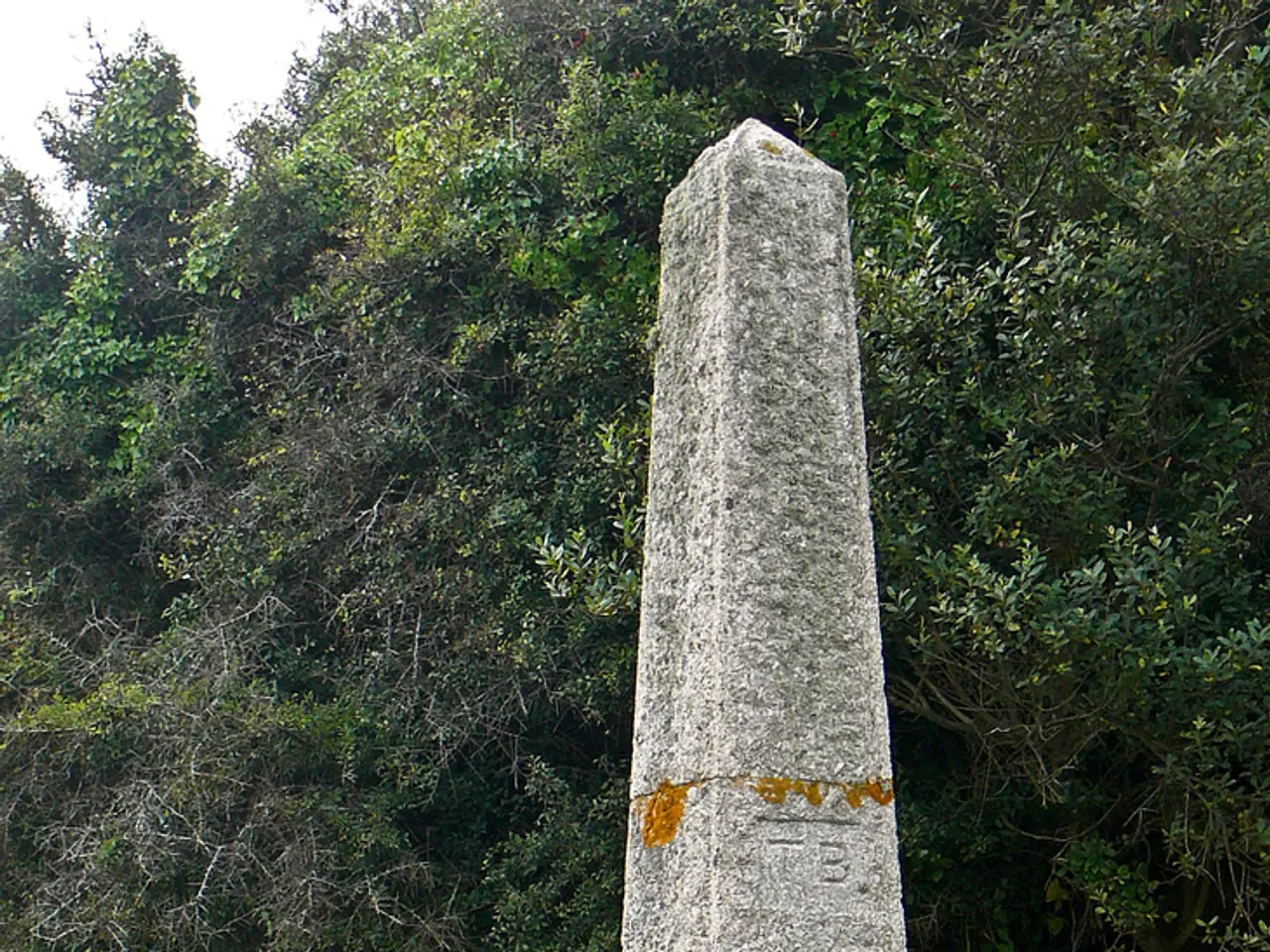Preservation Endeavor Focused on Turkish Islamic Gravemarkers Spanning Over Six Years
Turkish-Islamic Tombstone Project Enriches Turkey's Historical Narrative
The Turkish-Islamic Tombstone Project, a significant cultural heritage initiative, is underway in Turkey with the aim of documenting, digitally archiving, restoring, and conserving all Turkish-Islamic tombstones within the country's borders. The project seeks to preserve this cultural legacy comprehensively and pass it on to future generations through a detailed corpus of these historical tombstones.
Key aspects of the project include:
- Aim: To create a digital and physical record of Turkish-Islamic tombstones, ensuring their preservation and facilitating public access and academic research. Restoration and conservation form a core part of the project.
- Progress: The project has completed its supporting infrastructure and software development. Museum specialists have been trained in Ottoman Turkish for accurate transcription. Fieldwork has started in four pilot provinces - Istanbul, Tokat, Denizli, and Diyarbakır - with this initial stage expected to conclude by the end of 2025. The full completion target spans six years from project initiation.
- Areas involved: Currently, the project focuses on tombstones throughout Turkey. However, there is a long-term aspiration to expand into other regions that are part of the broader Turkish-Islamic world.
- Cultural significance: The project also aligns with intensified archaeological research into the Turkish-Islamic period across key historic sites such as Ani, Malazgirt Castle, Karacahisar Castle, and Silifke Castle, where restoration and excavation efforts are ongoing to better present this heritage to the public.
- Public engagement: An exhibition titled "Golden Age of Archaeology," featuring many artifacts displayed for the first time, has been organized at the Presidential Library in Ankara. One of the highlights of the exhibition is an Ottoman-era tombstone, commemorating a fallen officer cadet, Halim Efendi, who died on March 18, 1915, during the Gallipoli naval battles. The exhibition also includes 485 newly unveiled artifacts. The soldier's surviving family members were invited to the exhibition. A dedicated exhibition space has been established in the Gallipoli Battles section on the top floor of the Troy Museum.
The archaeological focus on Turkish-Islamic sites has intensified in the past two decades, as evidenced by the discovery of the tombstone and the ongoing research in various regions. The project serves as a testament to Turkey's commitment to preserving and showcasing its rich historical legacy.





